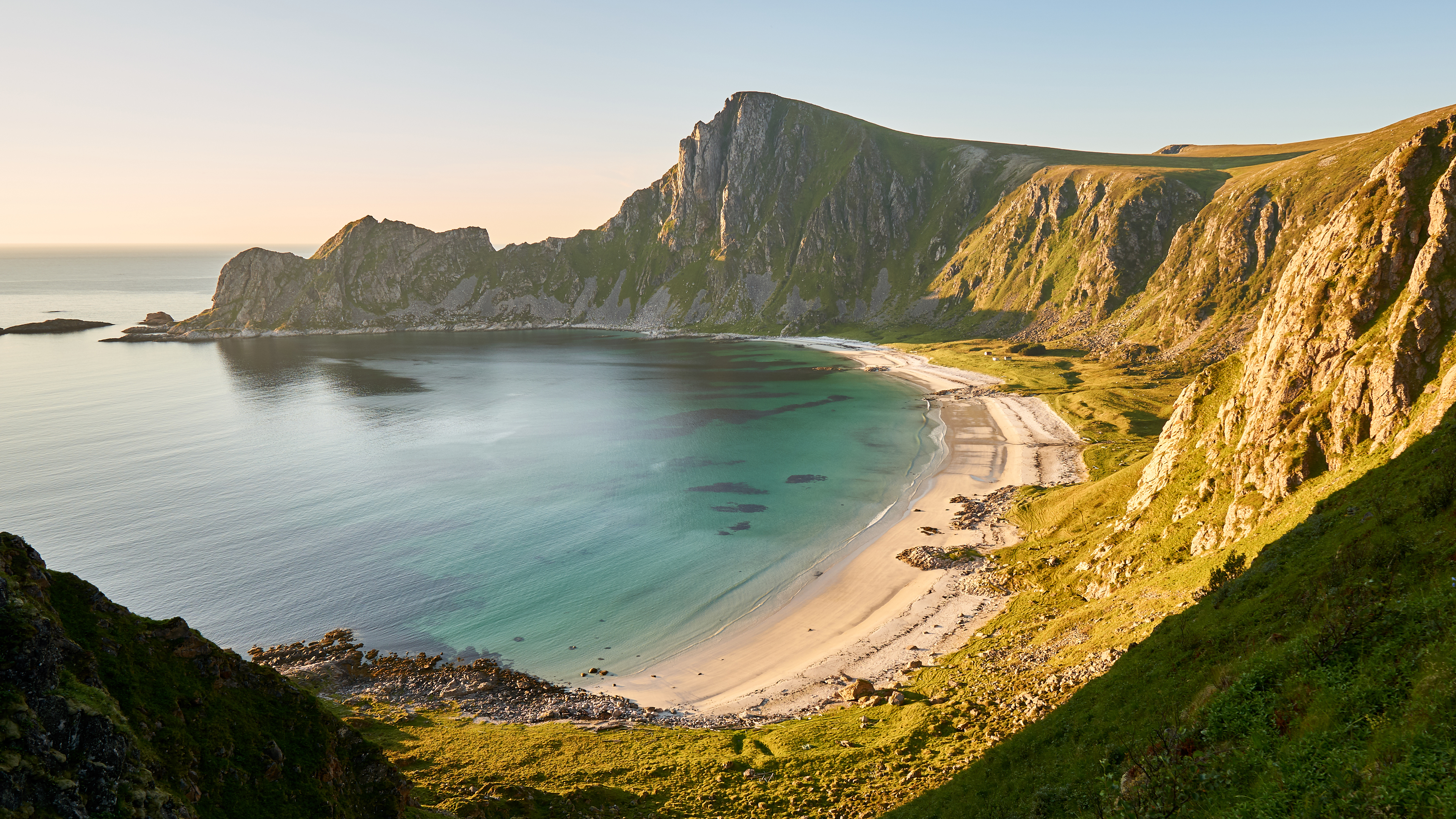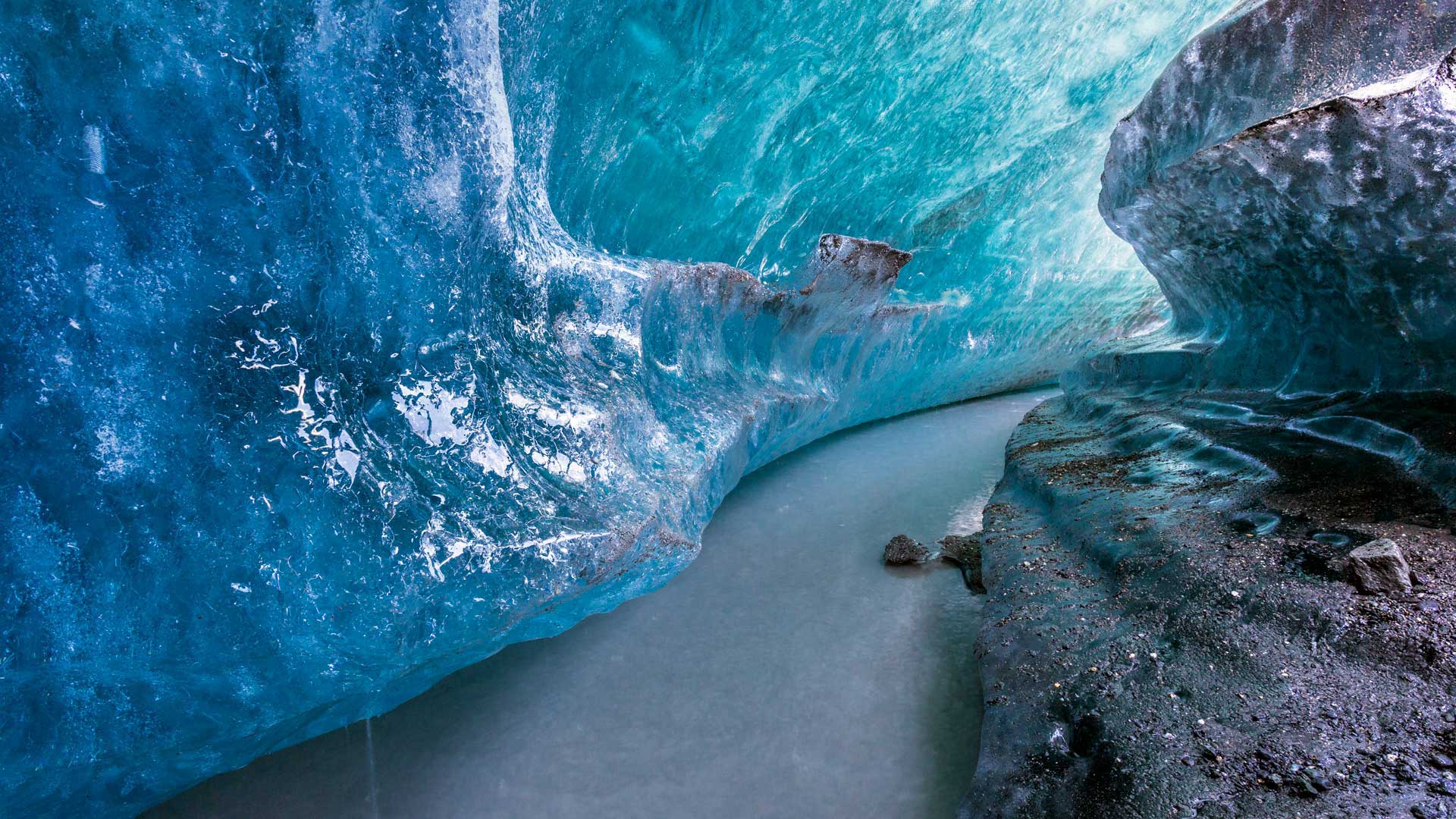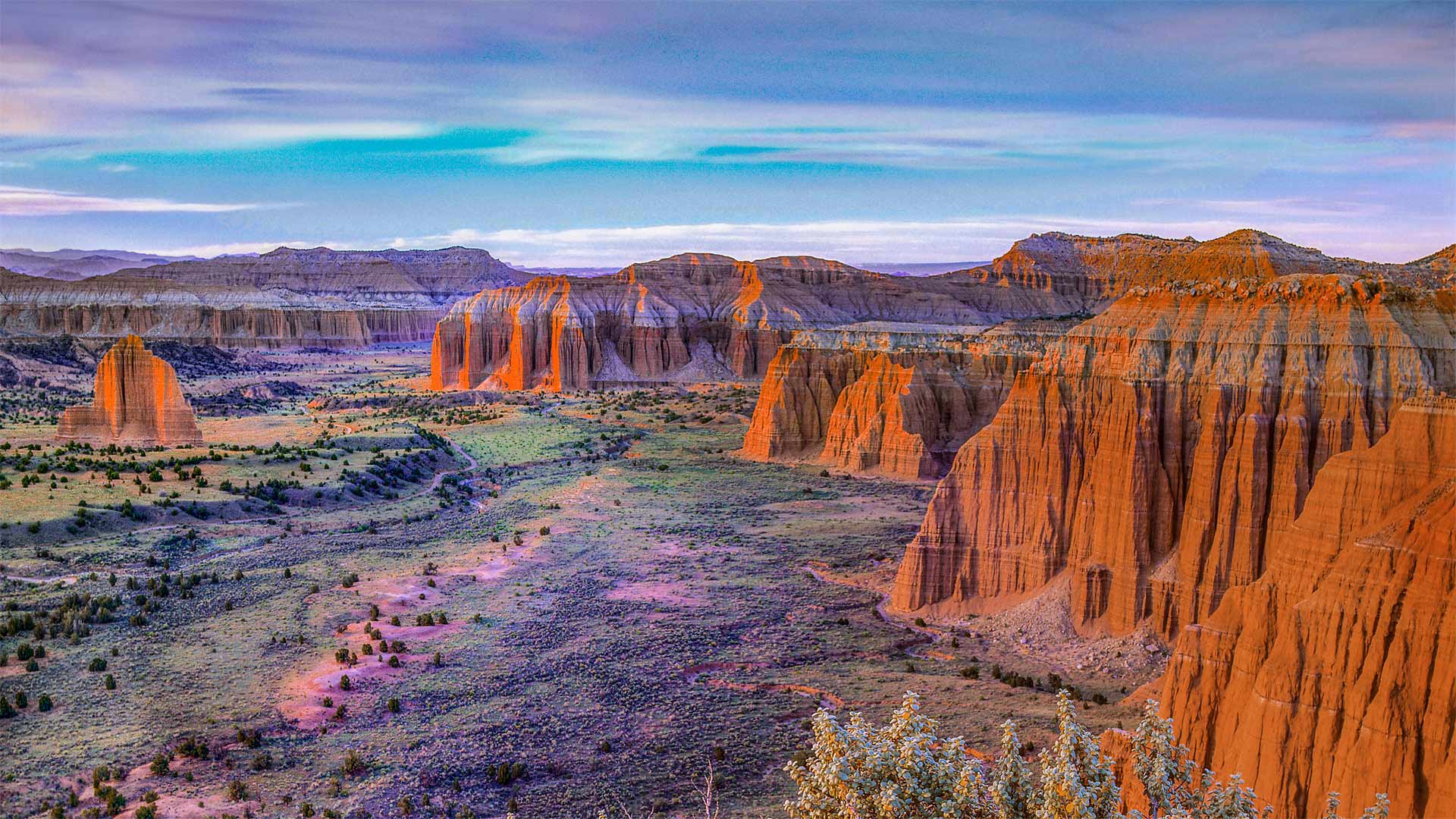1
2
3
4
5
6
7
8
9
10
11
12
13
14
15
16
17
18
19
20
21
22
23
24
25
26
27
28
29
30
31
32
33
34
35
36
37
38
39
40
41
42
43
44
45
46
47
48
49
50
51
52
53
54
55
56
57
58
59
60
61
62
63
64
65
66
67
68
69
70
71
72
73
74
75
76
77
78
79
80
81
82
83
84
85
86
87
88
89
90
91
92
93
94
95
96
97
98
99
100
101
102
103
104
105
106
107
108
109
110
111
112
113
114
115
116
117
118
119
120
121
122
123
124
125
126
127
128
129
130
131
132
133
134
135
136
137
138
139
140
141
142
143
144
145
146
147
148
149
150
151
152
153
154
155
156
157
158
159
160
161
162
163
164
165
166
167
168
169
170
171
172
173
174
175
176
177
178
179
180
181
182
183
184
185
186
187
188
189
190
191
192
193
194
195
196
197
198
199
200
| use image::{imageops::FilterType, GenericImageView};
use ndarray::{s, Array, Axis, IxDyn};
use ort::{Environment, SessionBuilder, Value};
use std::{path::Path, sync::Arc, vec, fs::File, io::Read};
use opencv::imgcodecs::{imread, imwrite};
pub async fn detect() -> String {
let file = match File::open("assets/LevelScal/origin.jpg") {
Err(why) => panic!("couldn't open origin.jpg: {:?}", why),
Ok(file) => file,
};
let buf = file.bytes().map(|x| x.unwrap()).collect::<Vec<u8>>();
println!("buf.len:{}", buf.len());
let boxes = detect_objects_on_image(buf);
println!("boxes.len:{}",boxes.len());
println!("{:#}",serde_json::to_string(&boxes).unwrap_or_default());
return serde_json::to_string(&boxes).unwrap_or_default()
}
fn detect_objects_on_image(buf: Vec<u8>) -> Vec<(f32, f32, f32, f32, &'static str, f32)> {
let (input, img_width, img_height) = prepare_input(buf);
let output = run_model(input);
return process_output(output, img_width, img_height);
}
fn prepare_input(buf: Vec<u8>) -> (Array<f32, IxDyn>, u32, u32) {
let img = image::load_from_memory(&buf).unwrap();
let (img_width, img_height) = (img.width(), img.height());
let img = img.resize_exact(640, 640, FilterType::CatmullRom);
let mut input = Array::zeros((1, 3, 640, 640)).into_dyn();
for pixel in img.pixels() {
let x = pixel.0 as usize;
let y = pixel.1 as usize;
let [r, g, b, _] = pixel.2 .0;
input[[0, 0, y, x]] = (r as f32) / 255.0;
input[[0, 1, y, x]] = (g as f32) / 255.0;
input[[0, 2, y, x]] = (b as f32) / 255.0;
}
return (input, img_width, img_height);
}
fn run_model(input: Array<f32, IxDyn>) -> Array<f32, IxDyn> {
let env = Arc::new(Environment::builder().with_name("YOLOv8").build().unwrap());
let model = SessionBuilder::new(&env)
.unwrap()
.with_model_from_file("assets/models/yolov8x_best.onnx")
.unwrap();
let input_as_values = &input.as_standard_layout();
let model_inputs = vec![Value::from_array(model.allocator(), input_as_values).unwrap()];
let outputs = model.run(model_inputs).unwrap();
let output = outputs
.get(0)
.unwrap()
.try_extract::<f32>()
.unwrap()
.view()
.t()
.into_owned();
return output;
}
fn process_output(
output: Array<f32, IxDyn>,
img_width: u32,
img_height: u32,
) -> Vec<(f32, f32, f32, f32, &'static str, f32)> {
let mut boxes = Vec::new();
let output = output.slice(s![.., .., 0]);
for row in output.axis_iter(Axis(0)) {
let row: Vec<_> = row.iter().map(|x| *x).collect();
let (class_id, prob) = row
.iter()
.skip(4)
.enumerate()
.map(|(index, value)| (index, *value))
.reduce(|accum, row| if row.1 > accum.1 { row } else { accum })
.unwrap();
if prob < 0.5 {
continue;
}
let label = YOLO_CLASSES[class_id];
let xc = row[0] / 640.0 * (img_width as f32);
let yc = row[1] / 640.0 * (img_height as f32);
let w = row[2] / 640.0 * (img_width as f32);
let h = row[3] / 640.0 * (img_height as f32);
let x1 = xc - w / 2.0;
let x2 = xc + w / 2.0;
let y1 = yc - h / 2.0;
let y2 = yc + h / 2.0;
boxes.push((x1, y1, x2, y2, label, prob));
}
boxes.sort_by(|box1, box2| box2.5.total_cmp(&box1.5));
let mut result = Vec::new();
while boxes.len() > 0 {
result.push(boxes[0]);
boxes = boxes
.iter()
.filter(|box1| iou(&boxes[0], box1) < 0.7)
.map(|x| *x)
.collect()
}
return result;
}
fn iou(
box1: &(f32, f32, f32, f32, &'static str, f32),
box2: &(f32, f32, f32, f32, &'static str, f32),
) -> f32 {
return intersection(box1, box2) / union(box1, box2);
}
fn union(
box1: &(f32, f32, f32, f32, &'static str, f32),
box2: &(f32, f32, f32, f32, &'static str, f32),
) -> f32 {
let (box1_x1, box1_y1, box1_x2, box1_y2, _, _) = *box1;
let (box2_x1, box2_y1, box2_x2, box2_y2, _, _) = *box2;
let box1_area = (box1_x2 - box1_x1) * (box1_y2 - box1_y1);
let box2_area = (box2_x2 - box2_x1) * (box2_y2 - box2_y1);
return box1_area + box2_area - intersection(box1, box2);
}
fn intersection(
box1: &(f32, f32, f32, f32, &'static str, f32),
box2: &(f32, f32, f32, f32, &'static str, f32),
) -> f32 {
let (box1_x1, box1_y1, box1_x2, box1_y2, _, _) = *box1;
let (box2_x1, box2_y1, box2_x2, box2_y2, _, _) = *box2;
let x1 = box1_x1.max(box2_x1);
let y1 = box1_y1.max(box2_y1);
let x2 = box1_x2.min(box2_x2);
let y2 = box1_y2.min(box2_y2);
return (x2 - x1) * (y2 - y1);
}
const YOLO_CLASSES: [&str; 10] = ["0", "1", "2", "3", "4", "5", "6", "7", "8", "9"];
|




